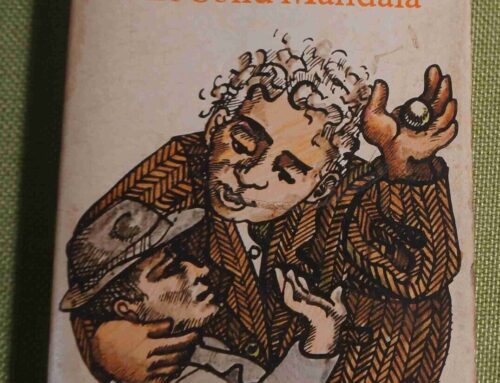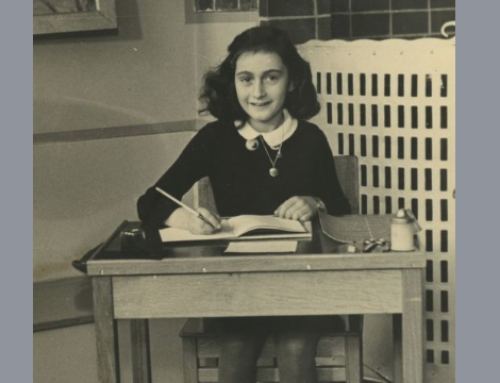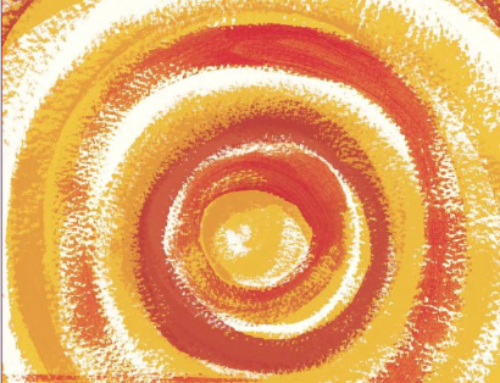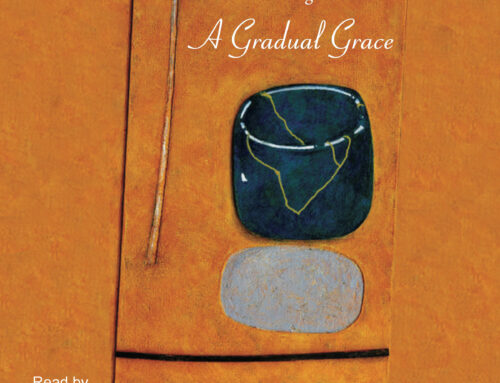I’ve just finished re-reading The Secret Garden by Frances Hodgson Burnett. My copy is a lovely production by Walker Books, with many colour illustrations by Inga Moore. These give the story a rich visual dimension, which I appreciate, as I am not able to visualise (it’s called aphantasia).
The story opens with an arresting first sentence: “When Mary Lennox was sent to Misshelthwaite Manor to live with her uncle, everybody said she was the most disagreeable-looking child ever seen.”
This is a story of transformation, vividly embodied and described in the rebirth of the secret garden in spring, in Yorkshire. The garden is surrounded by high ivy-covered walls and has been locked for 10 years, the key buried in the soil outside the wall. It is locked because the Lord of the Manor, Archibald Craven, had a beautiful young wife whom he adored. She had tended the garden and delighted in it, and he shared her delight… until a branch of a large old tree fell on her and killed her. His heart is locked in grief, and he has ignored and avoided their son, Colin, who is bedridden and believed to be crippled and unlikely to become an adult.
In this scenario of locked hearts and a loveless mansion, Mary, an orphan, arrives from India and is kept cloistered in a couple of rooms, looked after by the kindly Yorkshire maid Martha. Gradually, Mary transforms, from a sour, thin, selfish, lonely, unloved and unlovable child to a happy, healthy, attractive one in love with nature and able to see the good in others. The garden… the larger one… becomes her refuge, and she discovers the secret of the inner garden and is led by a friendly, inquisitve robin redbreast to where the key is hidden, and finds the door behind a curtain of ivy. This is where the transformation takes off, aided by the nature spirit, Dickon. He belongs to a large, poor, happy family and spends his days making friends with the animals on the moor and tending the plants. His sister Martha, the maid, arranges for him to meet Mary, and the magic begins.
The next phase is the transformation of Colin, the ‘crippled’ boy. Mary discovers him in his chamber where he is nursed as an invalid, and the unlikely friendship begins. As you may not have read this book and may want to, I won’t reveal any more.
I thoroughly enjoyed the story and the images, and recommend it. It is richly detailed, with vivid descriptions of the garden coming to life in the spring. Dialogue is realistic and colourful, much of it in Yorkshire dialect, but perfectly accessible. The arc of the story, from locked-in grief and distrust to self-belief, love of life and delight in nature, is perfectly orchestrated.
This is both a period piece – upper class English provincial life at the turn of the century – and a timeless story of the magic of nature and the power of love.




